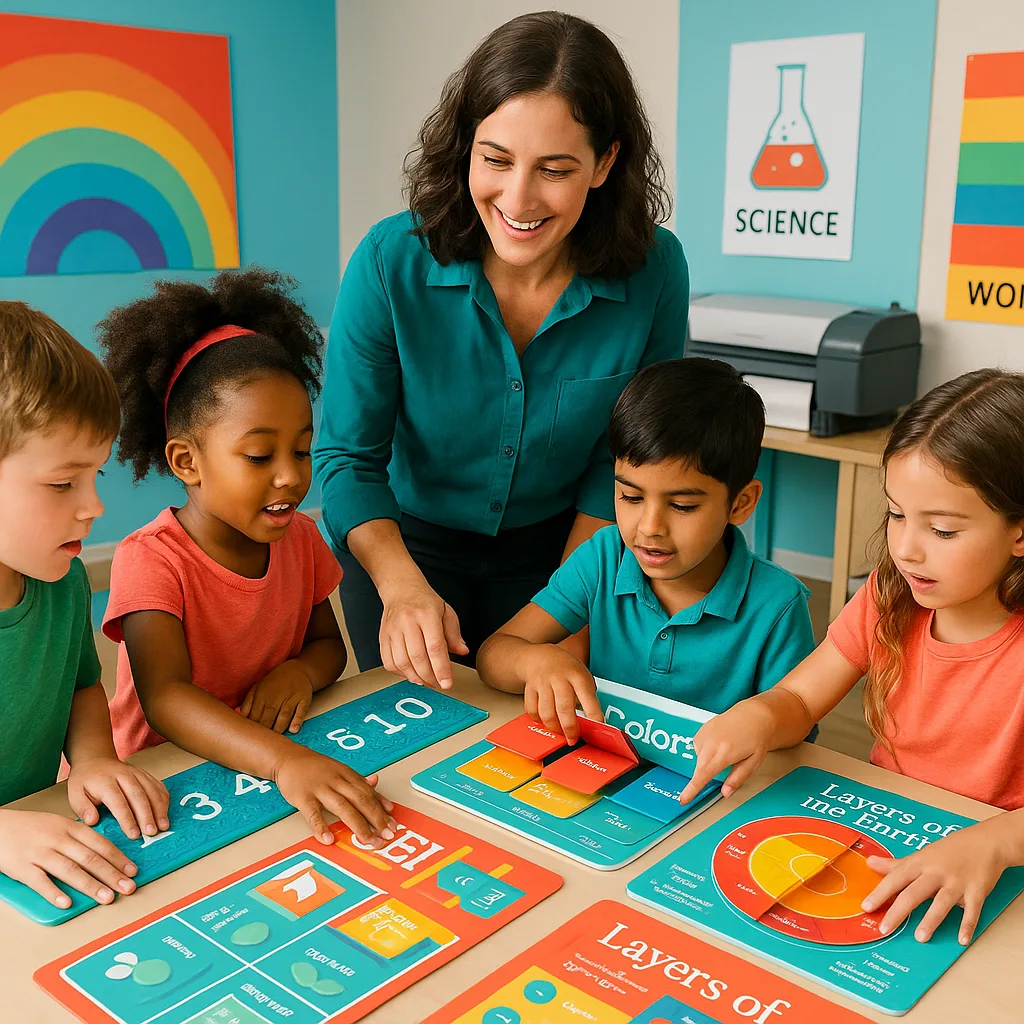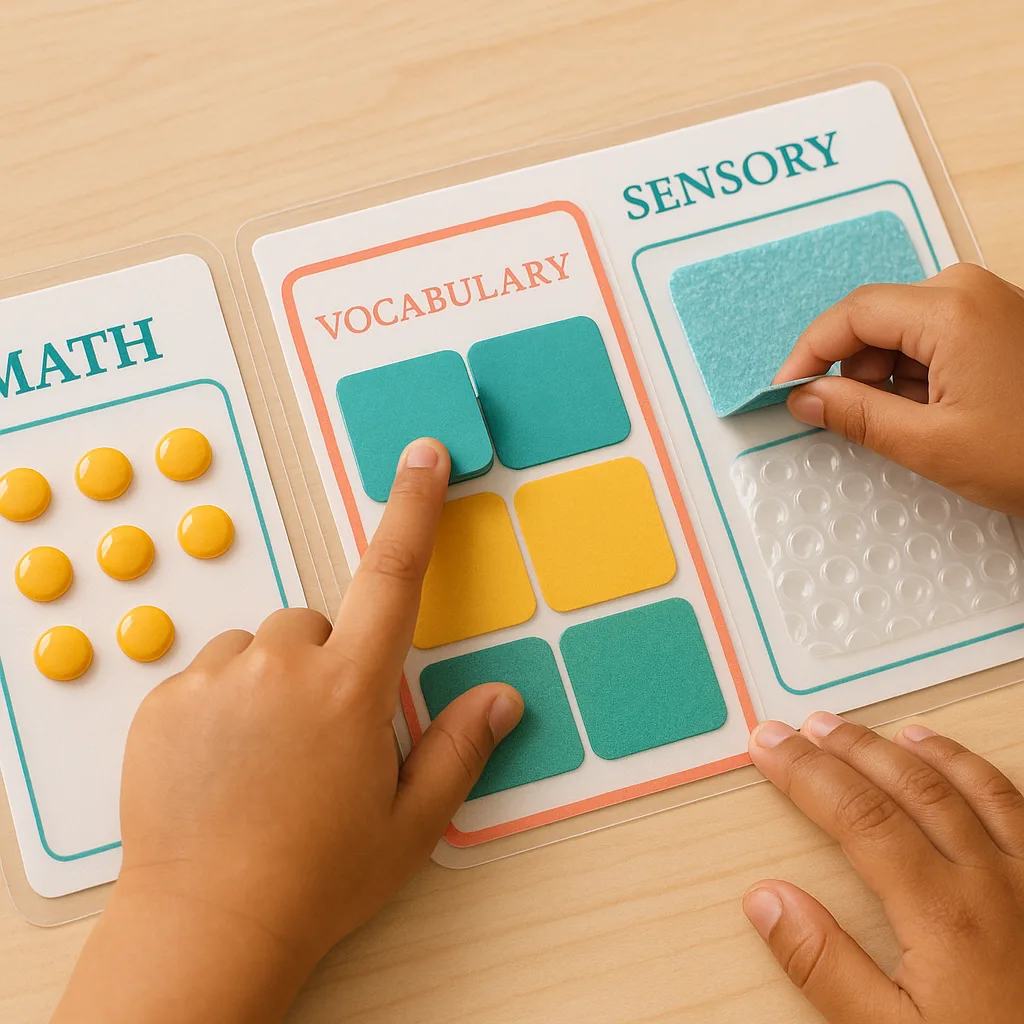Poster Machines for Textured Learning Materials
5 Advanced Laminating Projects That’ll Transform Your Teaching
Retention Boost
Multi-sensory materials increase learning retention
Why These Techniques Work:
Advanced laminating transforms passive learning materials into active engagement tools. When students physically interact with content – lifting flaps, feeling textures, or manipulating pieces – they’re building stronger neural connections. This hands-on approach particularly benefits students with learning differences, making abstract concepts concrete and memorable.
Plus, these durable materials withstand hundreds of eager hands, making them perfect investments for busy classrooms!
Poster Machines for Textured Learning: Pro Tips & Troubleshooting
Temperature Matters:
Cold laminating is your best friend for textured materials! Heat can melt adhesives, flatten textures, or cause bubbling. Our 25″ Cold Laminator is perfect for these projects.
Paper Selection is Key:
Choose heavier papers when creating textured materials. Our heavyweight coated paper provides the perfect base for dimensional projects.
Plan for Thickness:
Remember that textured materials need more clearance. Leave extra space when trimming, and consider using pouches instead of rolls for very dimensional pieces.
Durability Testing:
Before creating 30 copies, make one prototype and test it with actual students. Check for:
• Edge peeling
• Texture adherence
• Overall durability
• Student engagement level
Storage Solutions:
Textured materials need special care. Store flat when possible, use protective sleeves, and create a check-out system for high-demand items.
Budget-Friendly Tip:
Partner with other teachers to share material costs and laminating time. Our printing cost calculator helps you budget effectively!
Ready to Transform Your Teaching?
Join thousands of educators who are already creating amazing textured learning materials with School Poster Makers! Our comprehensive comparison guide helps you choose the perfect poster machine for your classroom needs. Plus, with our 2-year warranty and unlimited support, you’re never alone in your creative journey!
Questions about funding? Check out our funding sources guide to make these tools accessible for your school. Let’s create learning materials that every student can touch, feel, and connect with! 🎨✨


